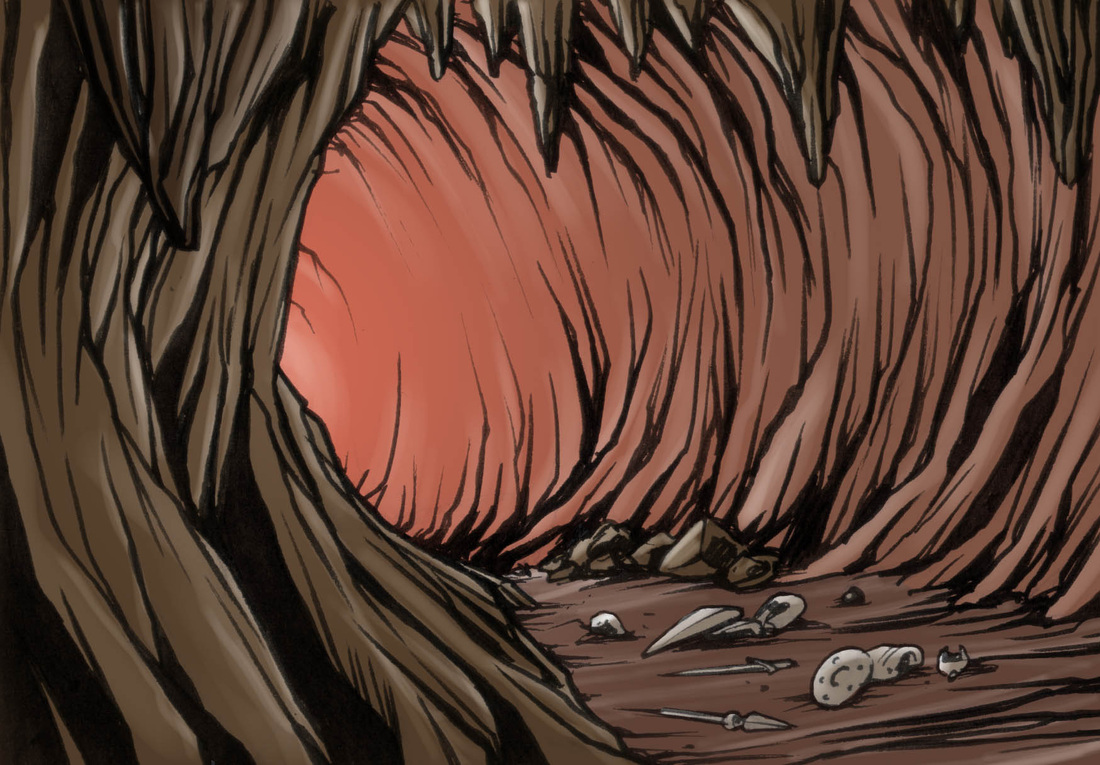

Each species of dragon has a particular temperament associated with it, as well as, a deeply rooted moral outlook derived from that temperament these factors underlie the personality and behavior of each individual dragon. A D&D dragon is protected by its scaly hide, the color of which is determined by the dragon's species, and offers a visual clue to the specific elemental nature of each species of dragon. Some dragons (particularly metallic dragons) have two different kinds of breath, usually a lethal one (fire, ice, acid, lightning, etc.) and another that is typically non-lethal (paralysis, repulsion, confusion, etc.).ĭragons are egg-layers, and most have sharp teeth, horns, and claws. Most dragons have the ability to breathe or expel one or more types of energy associated with their elemental affinity, as well as bearing some resistance to damage or injury from any other sources of such energy. Some dragon species are naturally able to cast magical spells as well. Essentially, all species of dragon are said to be magical in nature, and in most species this nature is expressed as an affinity for some type of elemental power. Almost all species of dragon are highly intelligent (at least as intelligent as a human being) and are able to speak.

Most species depicted have wings and are able to fly, and nearly all are quadrupedal. Except for the youngest dragons, they tend to be quite large-usually at least as big as a horse, and often much larger. All species appear to be generally reptilian or serpentine in their natural form. However, despite their variety, a number of traits are common to nearly all types of dragons. In the D&D game, there are many different species of dragons. The different subraces, distinguished by their coloring, vary in power. Powerful and intelligent, dragons are usually winged reptiles with magical abilities and breath weapons. In the game, dragons are usually adversaries of player characters, and less commonly, allies or helpers. For example, a commonly presented species of dragon is the red dragon, which is named for its red scales, and known for its evil and greedy nature, as well as its ability to breathe fire.

In D&D, dragons are depicted as any of various species of large, intelligent, magical, reptilian beasts, each typically defined by a combination of their demeanor and either the color of their scales or their elemental affinity. D&D dragons also featured as targets of the moral panic surrounding the game.

These dragons, specifically their "dungeon ecology", have implications for the literary theory of fantasy writing. Dungeons & Dragons allows players to fight the fictional dragons in the game ( Tiamat being one of the most notable) and "slay their psychic dragons" as well. As a group, D&D dragons are loosely based on dragons from a wide range of fictional and mythological sources. In the Dungeons & Dragons ( D&D) fantasy role-playing game, dragons are an iconic type of monstrous creature. Original Dungeons & Dragons "white box" set (1974) ( Learn how and when to remove this template message) JSTOR ( April 2023) ( Learn how and when to remove this template message).Unsourced material may be challenged and removed.įind sources: "Dragon" Dungeons & Dragons – news Please help improve this article by adding citations to reliable sources. The article may include original research, or omit significant information about the subject. These sources can be used to expand the article and may be described in edit summaries or found on the talk page. An editor has performed a search and found that sufficient sources exist to establish the subject's notability.


 0 kommentar(er)
0 kommentar(er)
